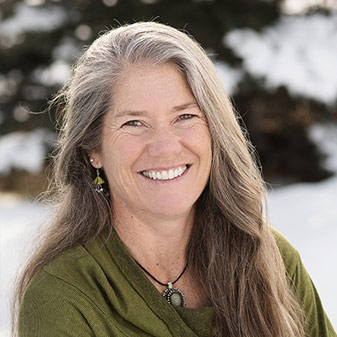As rains clear the smoke and the Bridger ridgeline is once again visible from Main Street, Montanans are left with the reality of a harsh fire season in the West. More than 1.2 million acres of our state have burned this summer, and the U.S. Forest Service has already spent a record high $2 billion on fire suppression this year. Yet, despite the recent weather, fires will continue to burn until conditions are consistently cold and wet.
The question of how to manage wildfires is a hot one as fire can be both constructive and destructive. Wildfire is a natural part of forest cycles. Fires reduce dead vegetation, stimulate new growth, and improve wildlife habitat. On the other hand, it threatens homes and infrastructure and sends millions of tons of carbon into the atmosphere.
These trade-offs lead to an even more fundamental question: Should humans play a role in managing forests? One extreme would be a hands-off approach — leaving timber stands intact and free from harvest, which means leaving undergrowth and thickly clustered trees that combine with climate factors to fuel fires. Or is there a human role to play — thinning trees in an effort to thwart fires and create wood products?
There is a long history of human involvement in forest management. Native Americans burned hillsides to provide better habitat for deer and elk while also making it easier to hunt these game. But quite the reverse approach to fire came from a young Forest Service that worked to suppress fires throughout most of the 20th century. The agency was created in 1905 with the goal of providing quality water and timber for wood products.
Today, the Forest Service is responsible for over a third of western forestlands, and Americans have a say in how these public lands are managed. While the agency focused on timber production for decades, we now see more citizens clamoring for more amenity uses from federal forests, where timber harvests have plummeted from more than 12 billion board feet in 1988 to less than 3 billion board feet today. Many people now see forests as a home for endangered species or a great place to go for a hike. If the ultimate goal is to let nature take its course, then the best role for humans is that of observers. But let’s be clear, the forests of today have already been impacted by countless human hands.
While Americans continue to debate the proper role for humans in federal forests, one thing is clear: We all use forest products. Wood-framed homes, wooden desks and chairs, paper products, and cardboard are all sourced from trees. Yes, these products all require harvesting timber. The alternatives for most of them require using plastic or metal products that are more fossil-fuel intensive and often require mining.
We also know that trees capture carbon as they grow. More growth means more carbon capture, and wood products retain that carbon. Cutting trees disrupts wildlife and recreationists, but allowing trees to grow and later be harvested for wood products can help reduce carbon emissions in the atmosphere. New trees can then be planted to capture more carbon and replace those that were harvested.
At the end of the day we want forests that are both wild and managed. We want homes for humans and wildlife. We want more trees and fewer wildfires. Forestlands can provide both, but there are tradeoffs.
This article originally appeared in the Bozeman Daily Chronicle on September 27, 2017.





